Retro Fighters Defender Controller (Hardware) Review
Nostalgic Grip with Modern and Retro Compatibility
In the years and years I’ve spent in this medium I’ve learned that how one plays a game can be just as important to the player experience as graphics or sound. Anyone who loves fighting games can likely relate to this since there are several games that just feel better on an arcade cabinet or with a solid fight stick. For retro fans, it’s hard to keep older controllers in working order as parts are beginning to fail so many have turned to new designs to play their favorites. This is where Retro Fighters shines brightest as a hardware company that provides controllers that work on several classic consoles and modern platforms, sometimes both as is the case for their Defender controller. The Defender is compatible with PS1 and PS2 through a retro adapter and PS3, Switch, and PC through a USB dongle; I tested all of these options, resulting in me discovering one of the more useful controllers I have come across.
In my search for the coolest gaming hardware in a market flooded with quality, I discovered Retro Fighters mostly because of their N64 design. That’s a controller that hasn’t aged well so modern approaches always fascinate me and I have a few interesting pieces to tackle later on. This led me to inquire about review units (apparently they have all sorts of accessories and nerdy trinkets) and they graciously sent over four controllers (plus a fun NES cartridge case set for Switch games) which included two Brawler 64, one Duelist, and a Defender. While the shape of the Duelist with its Gamecube-like button layout is the most interesting design-wise, when I picked up the Defender I knew it’d be the first I would cover in this set.
Holding the Defender feels awesome; it’s lovingly shaped in a similar form factor to the Switch Pro controller but with more room and angle for a proper grip. There’s a texture to the back that is insanely nice to the touch and the full-plastic shell means that the unit should hold up well years from now. The buttons are taller than most and pressure-sensitive for the specific PS2 titles that utilize that rare feature. For further niche gameplay moments, there’s only one drawback to the Defender and that’s the lack of motion control but a PS3-only controller with this feature is coming soon from Retro Fighters.
I wasn’t initially crazy about the d-pad on the Defender which is shaped nice and large but it was adequate for all games aside from most fighting games I tried and I only say that because I have far more confidence moving with individual switches. I could throw fireballs and uppercuts in Street Fighter just fine but I’m not as confident with it for tournament play. I’m sure it’s fine for most casual play and I’m sure others could get more out of the d-pad than me, I’d just rather drag out a fight stick. For casual fighting games or platformers such as Crash Bandicoot though, this is more than fine and definitely better than the first-party option on PS systems.
The analog sticks are comparable to what’s used on the PS5 and worked great for me; I like this placement a lot and I played all of A Plague Tale: Requiem using the Defender with no issues. The triggers are also perfectly shaped with a pull similar to a PS3 controller.
The Defender comes in a few colors but I am so glad that I was sent the transparent dark blue model. I had almost forgotten how I played most PS1 games; I had this third-party controller in the same shade of blue with flat rectangles for shoulder buttons. I loved that controller and played everything from Final Fantasy Tactics to Mega Man X5 with it. Holding the Defender and seeing the internal structure of the plastic and the faint green of the circuit board took me back to those moments, anchoring my enjoyment with the Defender further.
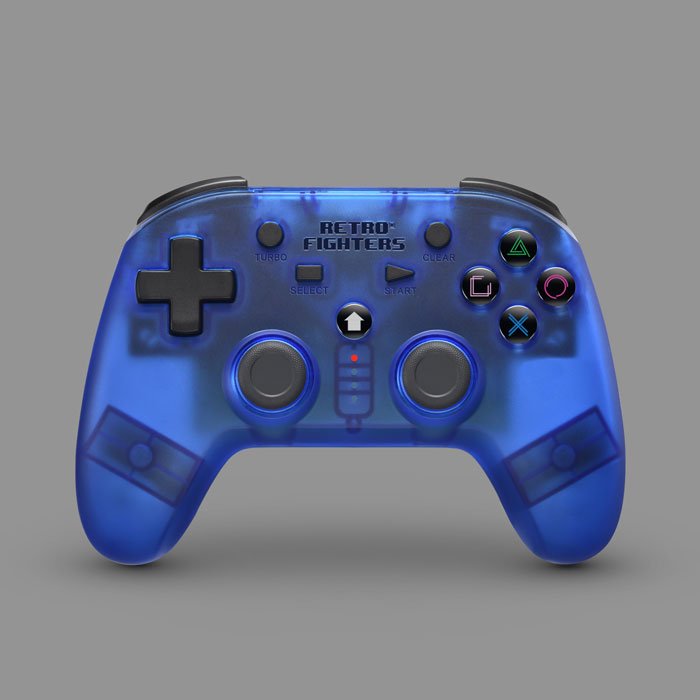
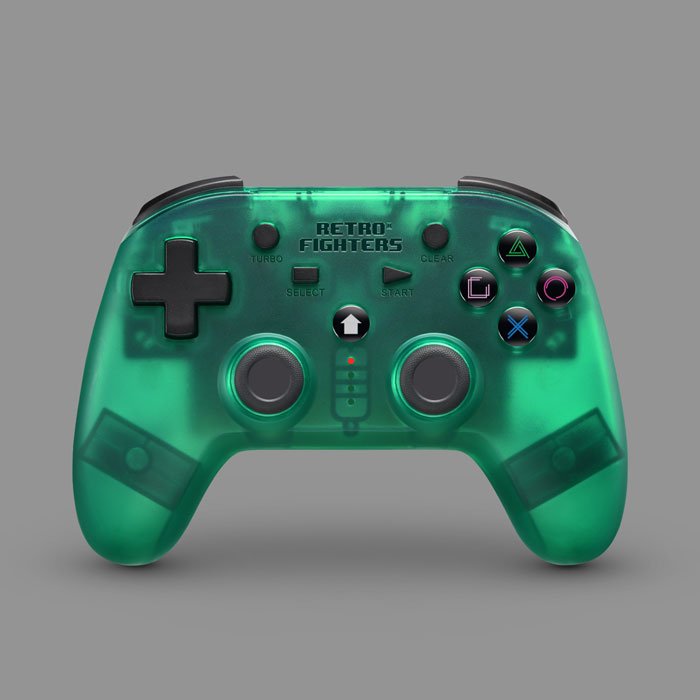
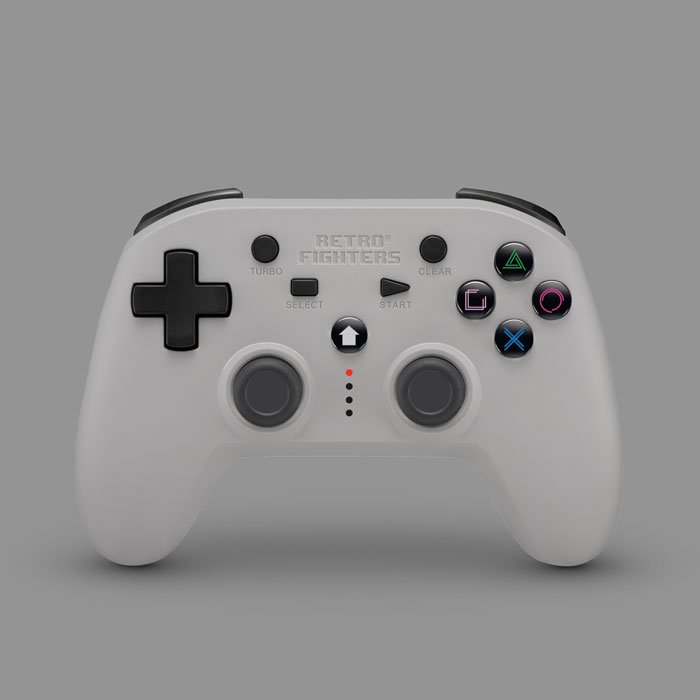
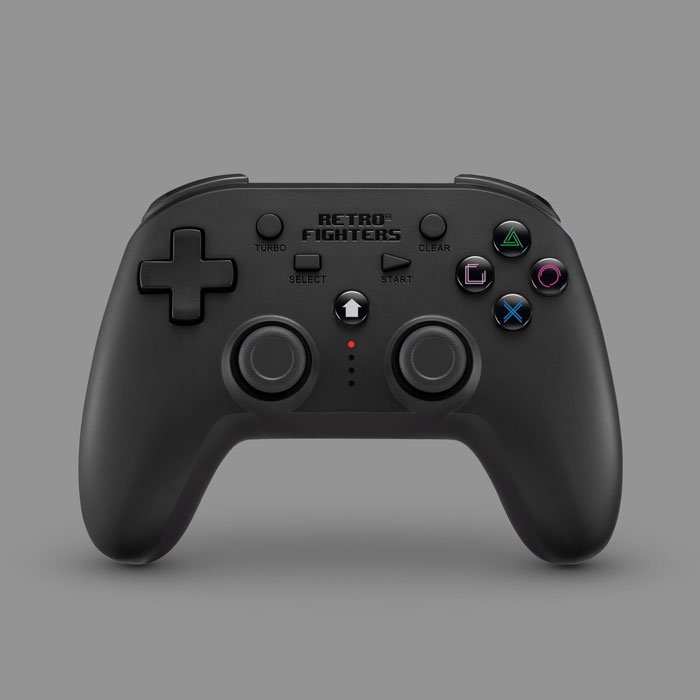
Every test I performed with the Defender was successful. I played PS3 titles (including PS2/PS1 games through the PS3 just to be sure) which all worked instantly with no fuss. You might need to update to the latest firmware for some of the more uncommon functionality but I always check for updates first before tackling a review so I’m not sure if this was added via a patch. Updating the firmware was easy though with a quick download that was easy to find on the Retro Fighter website.
Connecting to a PS2 for retro play was simple and easy. The only console that initially worried me was my Nintendo Switch and there’s a quick fix for this and by extension most third-party controllers that use the USB port on the dock. Simply go to system settings > controllers & sensors > pro controller wired communication and switch this to “on” which immediately fixes most connection issues for third-party controllers. Turning this on does disable Amiibo support for Pro Controllers so switch it back if that function is needed.
The wide range of uses and my general comfort with the Defender immediately made it my go-to controller for anything PS3 and older. I also will keep this around for general Switch use and any PS classic titles I play on newer platforms. I am thoroughly impressed with the Defender and the asking price of $44.99 USD is a great value for something that works so well on so many systems. It would be hard to go back to a Dualshock 3 and I’m glad that I may never have to again.
SCORES
VISUAL APPEAL - 10/10
BUILD QUALITY - 10/10
FEATURES - 9/10
USABILITY- 9/10
PRICING - 10/10
OVERALL - 9.6/10
Learn more about the Defender controller on the Retro Fighters website. A review unit was given for content purposes. Images are a mix of official press materials and photographs taken on an iPhone 11 Pro Max.
5/22/2023 Update - Slight correction in the opening paragraph. This model of the Defender is entirely wireless and only charges through the cable.
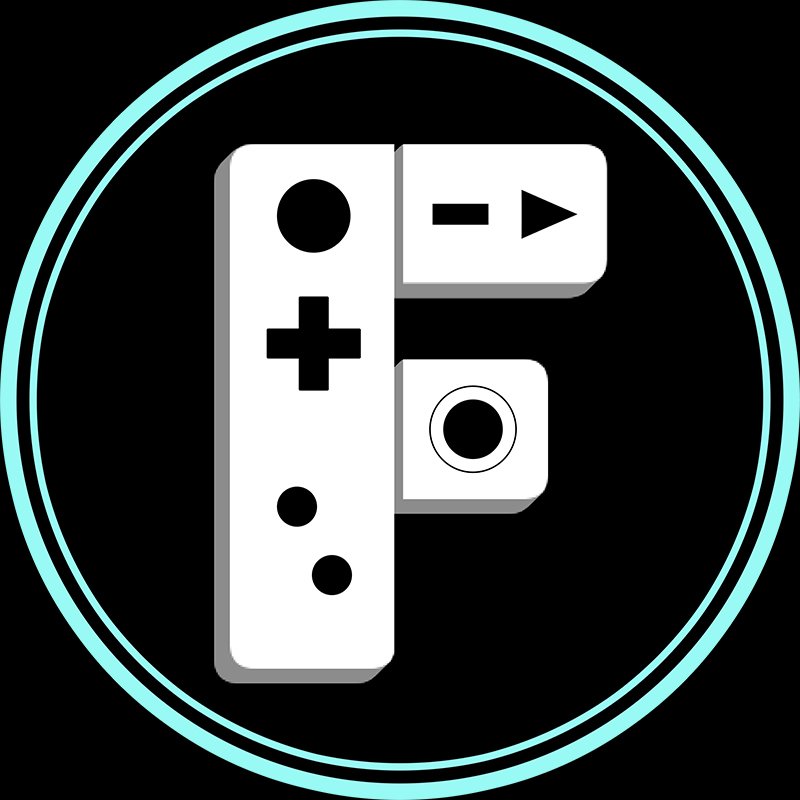





A comfortable seat can often be the crux of a good setup. Does the E-WIN Flash Series XL Size Gaming Chair stand above the rest or is it just another gaming chair?